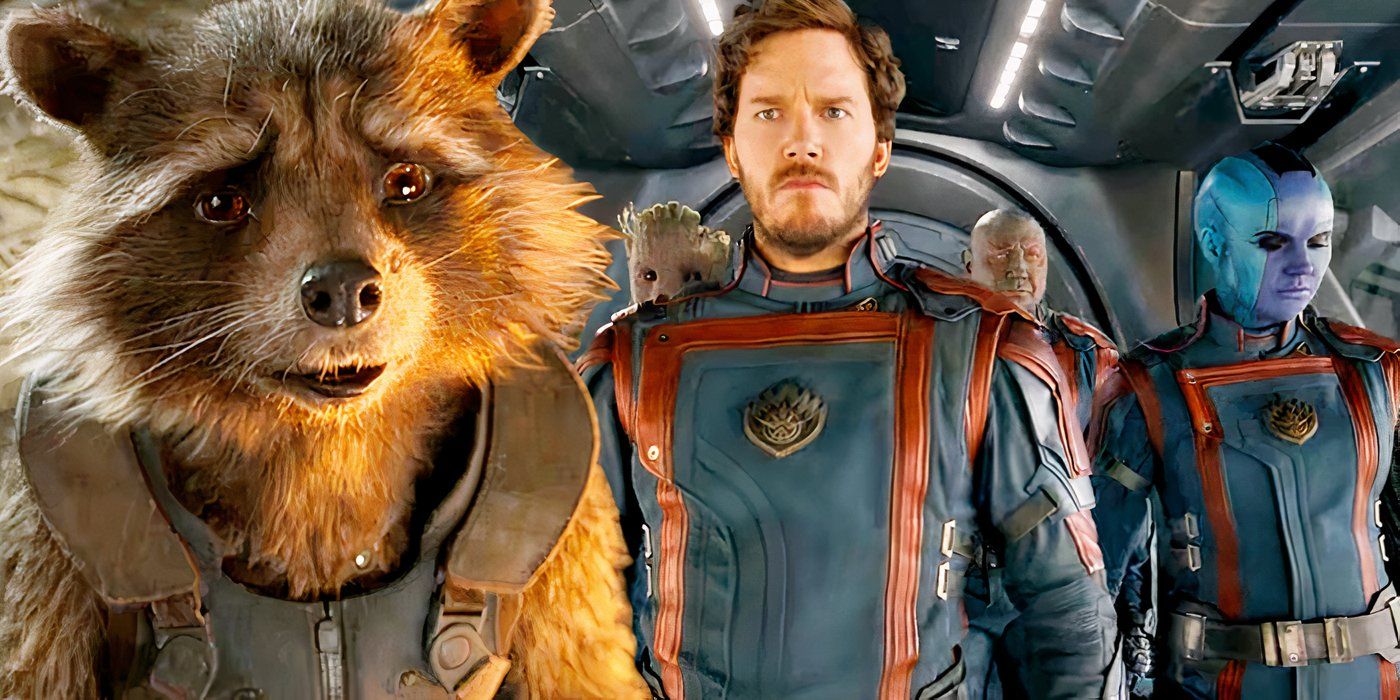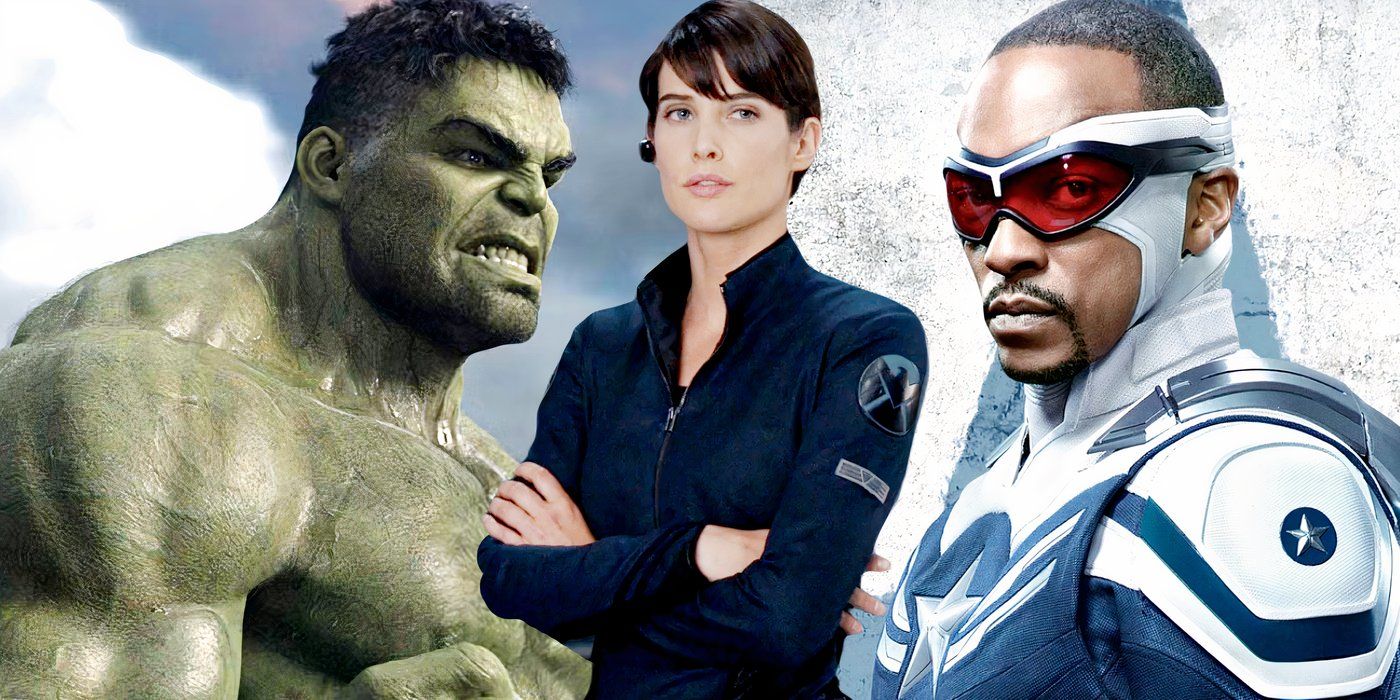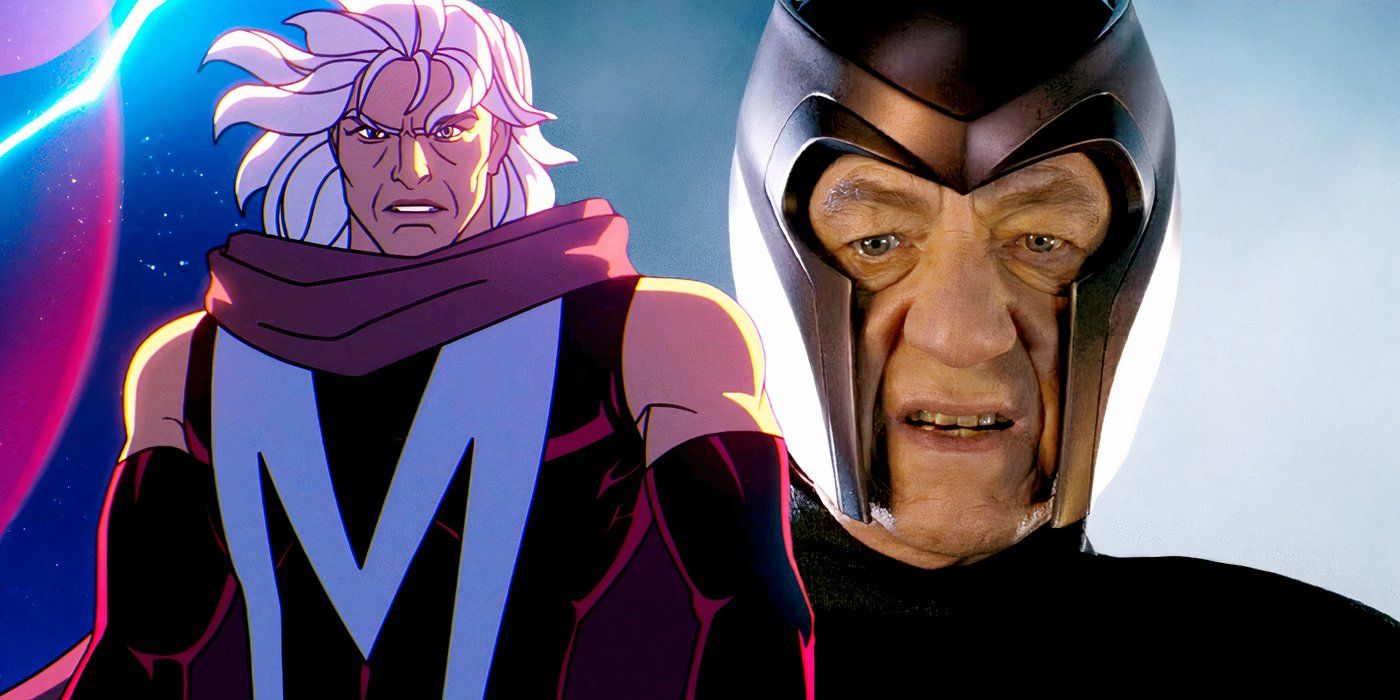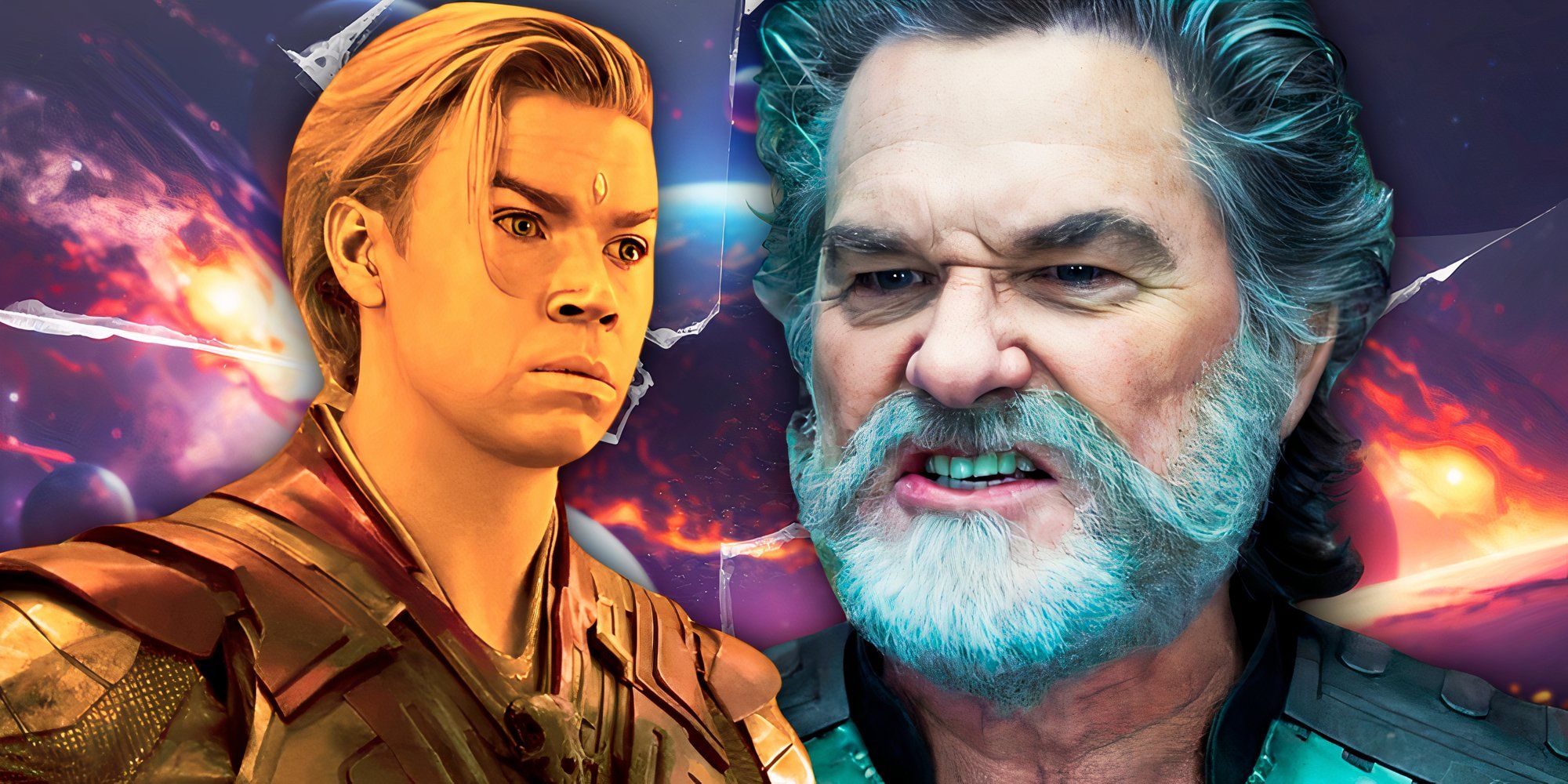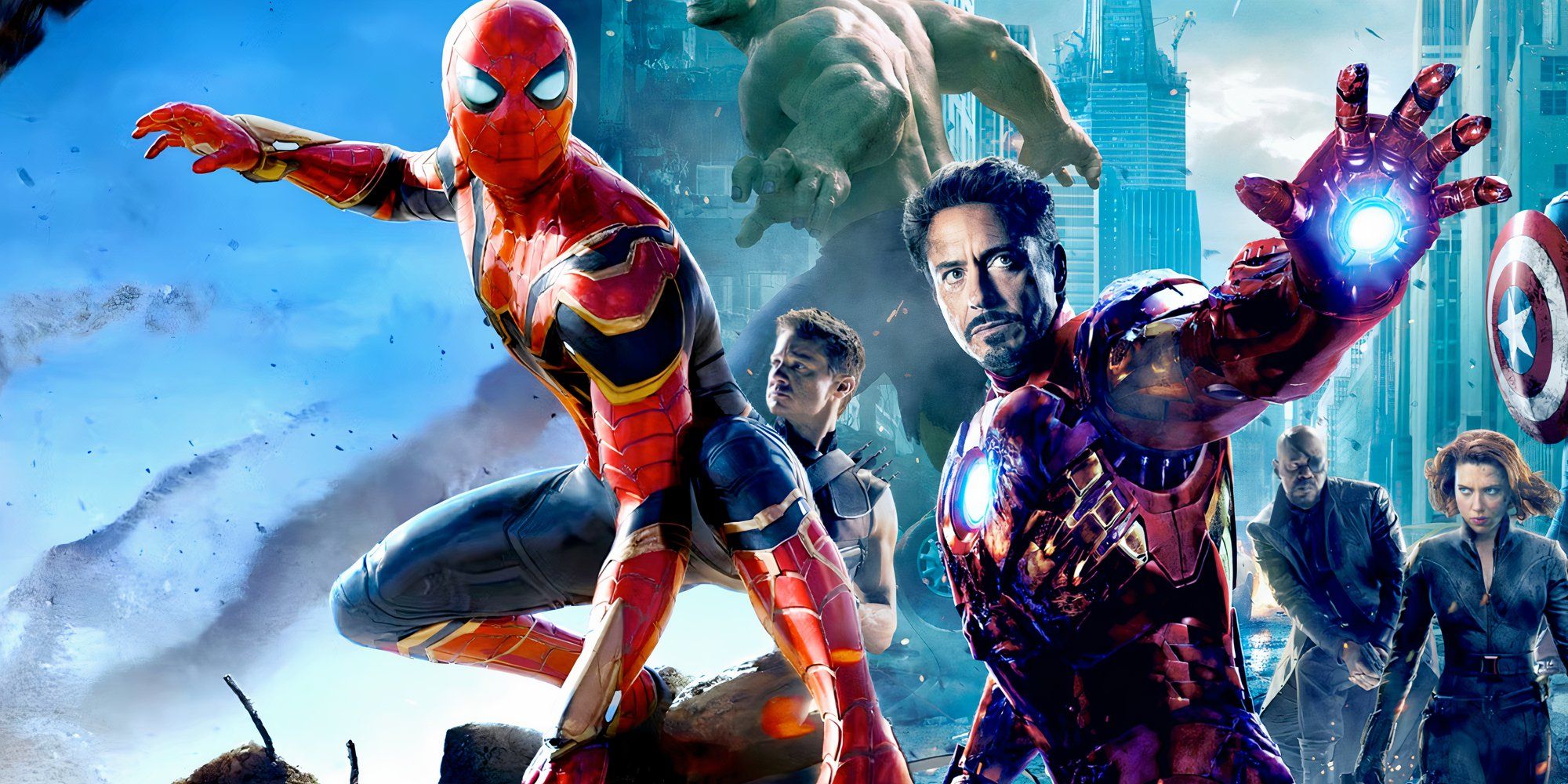In the expansive universe of Marvel films, villains often serve as the catalysts for a hero’s most defining moments, but the line between good and evil is frequently blurred, with many antagonists exhibiting distinctly heroic behavior. Across the MCU timeline, Fox’s X-Men franchise and the Spider-Man movies, numerous villains have demonstrated a capacity for good. Sometimes, these villains seek redemption through sacrifice, atonement, or even acts of unexpected kindness. Concurrently, others began with noble intentions before succumbing to villainy.
Redemption arcs in storytelling offer a profound exploration of character development, showcasing the transformative power of choice and circumstance. In the Marvel Cinematic Universe movies and its associated franchises, several villains have undergone significant metamorphoses, evolving from adversaries to allies. These arcs provide audiences with a nuanced perspective, illustrating that even the most formidable foes possess the capacity for change. Unlike traditional black-and-white portrayals of good and evil, Marvel often depicts villains with tragic backstories, deep motivations, and an internal struggle between morality and ambition.
10
Yondu Sacrifices Himself To Protect Star-Lord
Guardians Of The Galaxy Vol. 2
In Guardians of the Galaxy Vol. 2, Yondu Udonta, portrayed by Michael Rooker, transitions from a morally ambiguous Ravager to a paternal figure for Peter Quill, aka Star-Lord. Initially depicted as a mercenary who abducted young Peter from Earth, Yondu’s true intentions are later revealed. He protected Peter from his celestial father, Ego, aware of the latter’s malevolent plans.
Related
10 Things About The Guardians of the Galaxy Movies That Have Aged Poorly
Guardians of the Galaxy might be one of the MCU’s most popular franchises, but rewatching the movies years later reveals some unfavorable aspects.
Yondu’s defining moment of redemption occurs in the film’s climax when he sacrifices himself to save Peter from the exploding planet. Rather than escaping, he chooses to give Peter the only spacesuit, ensuring his survival while meeting his own demise. In his final moments, he tells Peter, “He may have been your father, boy, but he wasn’t your daddy,” cementing their father-son bond. His death earns him a Ravager funeral, honouring his courage and ultimate transformation from feared space pirate to selfless guardian.
9
Aldrich Killian Wants To Cure Illness
Iron Man 3
Aldrich Killian, the primary antagonist of Iron Man 3, begins his journey as an ambitious scientist with a noble goal: curing physical disabilities through his Extremis program. Unlike traditional villains driven purely by power or greed, Killian’s motivations stem from personal pain and a desire to improve human life. His early aspirations are seen in his attempts to work with Tony Stark, only to be cruelly rejected, which fuels his descent into villainy.
Despite his manipulations and eventual pursuit of dominance, Killian’s core intention – to heal – remains a significant aspect of his character. His research, though exploited for personal gain, was rooted in genuine scientific innovation. His downfall stems from his inability to separate his quest for recognition from his original mission. While he ultimately embraces darker tendencies, his initial goal of curing disabilities serves as a reminder that even villains can start with noble intentions before losing their way.
8
Loki Tries To Save Thor
Avengers: Infinity War
Loki, the God of Mischief, is one of Marvel’s most beloved and complex characters. Over the years, he has oscillated between villain and antihero, proving that redemption is never a straight path. Though he begins as an ambitious usurper in Thor, he later demonstrates the capacity for change, particularly in Avengers: Infinity War. A crucial moment of his redemption occurs when he fights alongside Thor to stop Thanos.
Related
10 Most Wasted Characters In The Avengers Movies
The Avengers movies proffered thrilling ensemble line-ups with multiple iconic characters, which meant that some characters were squandered.
Despite their turbulent relationship, Loki proves his loyalty by risking his life to protect his brother. When he is killed in battle, his actions showcase his ability to put familial love above personal gain. This moment marks a turning point in his journey toward redemption, which he finally achieves in the Loki series. Loki’s struggle with identity, belonging, and power makes his character arc one of the richest in Marvel’s cinematic history.
7
Doctor Octopus’s Redemption
Spider-Man 2
Doctor Otto Octavius, the tragic antagonist of Spider-Man 2, starts as a well-intentioned scientist before succumbing to his mechanical arms’ corrupting influence. Initially, his ambition is to create sustainable energy, but after a failed experiment, he becomes the ruthless Doctor Octopus. Despite his descent into villainy, Otto’s redemption arrives in the film’s climax when Peter Parker appeals to his humanity.
In a moment of clarity, Doctor Octopus regains control of his mind and realizes the danger his fusion reactor poses to the city. Rather than continue his destructive path, he sacrifices himself by sinking the reactor into the river, ensuring no one else is harmed. His final words, “I will not die a monster,” highlight his ultimate redemption, proving that his villainous actions were never truly who he was. His self-awareness and willingness to correct his mistakes make his redemption one of the most emotional in Marvel’s history.
6
Magneto Works With The X-Men To Fight The Sentinels
X-Men: Days Of Future
Magneto, one of the most iconic villains in Marvel history, is known for his militant stance on mutant superiority. However, X-Men: Days of Future Past demonstrates his capacity for redemption. In a dystopian future where Sentinels hunt and exterminate mutants, Magneto is forced to reconsider his usual approach and ally with Charles Xavier’s X-Men.
Related
10 Worst Things Magneto Ever Did In Marvel Movies & TV Shows
Magneto might be the greatest comic book villain ever and has fittingly done some of the most despicable things in the X-Men movies and TV series.
Despite their history of ideological conflicts, Magneto realizes that mutant survival requires unity. Fighting alongside the X-Men against the Sentinels marks a rare moment where he prioritizes the greater good over personal vendettas. His ability to adapt and fight for coexistence, even temporarily, adds layers to his character and produces some of the movie’s most compelling scenes. While Magneto’s redemption is often short-lived due to his deeply ingrained beliefs, this moment proves that even the most radical figures can find common ground when faced with a greater threat.
5
Thanos Spares And Raises Gamora
Avengers: Infinity War
Though Thanos is one of the MCU’s most ruthless villains, his relationship with Gamora offers a glimpse into his capacity for emotion. When he first encounters her as a child, he chooses to spare her rather than allow her to die with her parents and half of her population. Instead, he raises her as his daughter, training her in combat and strategy, and turning her into a deadly assassin.
While Thanos’s love for Gamora is twisted by his own ideology, there is an undeniable bond between them. His regret upon sacrificing her for the Soul Stone in Avengers: Infinity War further proves that he is not devoid of feeling. Though his actions are reprehensible, his relationship with Gamora reveals a complex individual who, in his own way, believed he was protecting her from a cruel universe.
4
Adam Warlock Saves Peter Quill
Guardians of the Galaxy Vol. 3
In Guardians of the Galaxy Vol. 3, Adam Warlock initially serves as a formidable antagonist, sent by the Sovereign to capture the Guardians. However, over time, he begins to question his orders and the true nature of his purpose. His moment of redemption comes in the film’s climax when Peter Quill is left stranded in space after a failed escape attempt.
Related
10 Most Wasted Characters In All Three Guardians Of The Galaxy Movies
The Guardians of the Galaxy movies were brimming with Marvel characters, which meant that some classics were sidelined or completely wasted.
Despite his previous hostility towards the Guardians, Adam makes the decision to rescue Peter, saving him from certain death. This act signifies his growth from a mindless enforcer to an independent thinker capable of compassion. In choosing to save Peter, Adam defies his creators and takes his first steps toward becoming a true hero. His evolution adds depth to his character and establishes him as a potential ally for future adventures, proving that even the most dangerous foes can change when given the chance.
3
Mystique Liberates Mutants
X-Men: Days Of Future Past
Mystique’s depiction in the X-Men prequels is a far cry from her criminal comic book counterpart. It seemed the movies were exploring her descent into villainy, though this was backtracked by X-Men: Apocalypse and became more of a redemption story. Nevertheless, X-Men: Days Of Future Past depicts Mystique as a rogue mutant liberator, freeing captive mutants from the oppressive government.
Related
10 Most Impressive Displays Of Power In All 7 X-Men Movies
The X-Men movie franchise is packed with incredibly powerful characters who have exhibited some truly awesome displays of power throughout.
Mystique is typically known for her ruthless methods, and at the conclusion of X-Men: First Class, had aligned herself with Magneto, similar to her role in the original X-Men trilogy. Yet, by Days of Future Past, she is rallying younger mutants and ensuring their protection, transcending her past misdeeds and fully embracing her role as a protector rather than an assassin. This evolution solidifies Mystique’s transition from a conflicted antagonist to a selfless hero willing to fight for those who cannot protect themselves.
2
Adrian Toomes Keeps Spider-Man’s Identity Secret
Spider-Man: Homecoming
In Spider-Man: Homecoming, Adrian Toomes, also known as the Vulture, is a formidable adversary. However, despite his clashes with Peter Parker, he ultimately makes a surprising choice – he refuses to expose Spider-Man’s identity to Mac Gargan in prison. Even after being apprehended and imprisoned, he keeps Peter’s secret safe, showing a measure of respect for the young hero.
Related
Only 1 Marvel Character Has Out-Performed The Avengers At The Box Office (& When He Could Be Beaten)
The MCU’s flagship ensemble team may dominate the franchise, but they don’t dominate the box office thanks to Marvel’s most iconic superhero ever.
This decision is particularly significant because it demonstrates that Toomes, while a criminal, is not entirely without honour. He acknowledges Peter’s bravery and perhaps even sees a reflection of his own protective instincts in the young hero. It suggests a begrudging respect for the Web-Head, that seemingly prompts Vulture to protect Peter. Though he may not fully embrace heroism, this act of restraint suggests that his moral compass is not entirely broken, leaving the door open for further redemption in future stories.
1
Skurge Fights Back Against Hela
Thor: Ragnarok
In Thor: Ragnarok, Skurge begins as a cowardly opportunist, aligning himself with Hela to ensure his own survival. However, as he witnesses the destruction she brings to Asgard and its residents, he begins to question his loyalties. In a moment of courage, he finally stands up against her, choosing to fight alongside the fleeing Asgardians.
Skurge’s ultimate act of redemption comes when he sacrifices himself to protect the innocent, wielding two machine guns in a desperate last stand. His actions prove that, despite his past cowardice, he is capable of bravery and selflessness. This transformation from reluctant henchman to hero is one of the most poignant redemption arcs in the film, proving that even the most misguided individuals in the Marvel movie back-catalog can find the strength to do what is right in the end.


